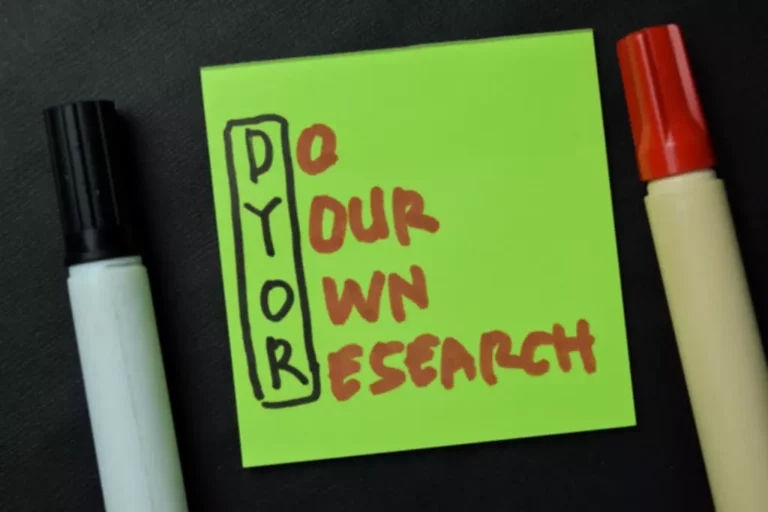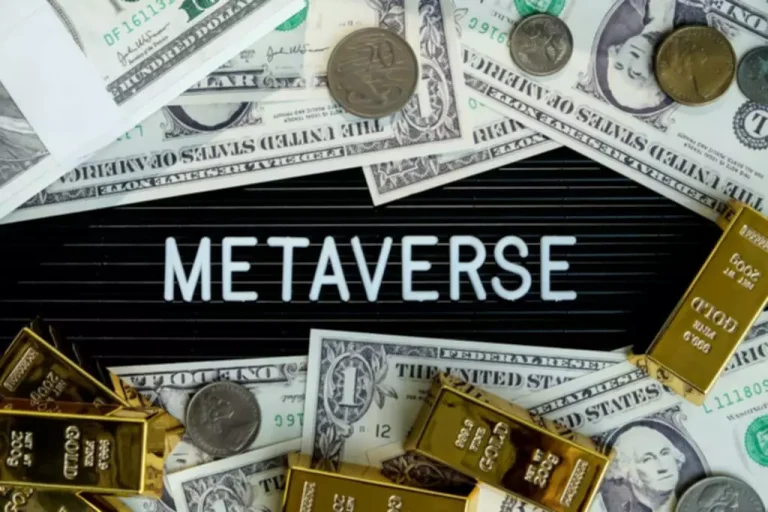As part of that roadmap, the present proof-of-work chain (Eth1) would finally be deprecated via the issue bomb. Users & functions would migrate to a brand new, proof-of-stake Ethereum chain, often identified as Eth2. Those contemplating solo staking should have at least 32 ETH and a dedicated pc related to the internet ~24/7.
If this question refers to market value, it’s troublesome to say which is able to final or finally have probably the most value. Likewise, additionally it is tough to find out if the query is asked concerning which blockchain will garner the most use cases, developers, and end-users. Both methods try to achieve the identical aim, but one makes use of a country’s worth of electricity, while the opposite simply requires participants to lock up coins.

In distributed techniques, a consensus mechanism is the method by which the community agrees on a single supply of reality. These distinct nodes should have a computational mechanism by which to arrive at an agreement of what the most recent and correct document of information is. To drive the point home, these distributed networks must https://www.xcritical.com/ all undertake an similar cryptographic mechanism to reach at consensus. Using this widespread history, they assess whether or not new blocks of transactions are valid. Where PoW requires miners to place within the work to increase the blockchain, proof-of-stake (PoS) adopts a wholly completely different tack.
Dive Deep Into Ethereum
Validators who actively take part in securing the network can earn rewards, however the exact returns rely upon elements like the whole amount staked, network exercise, and the validator’s uptime. The Ethereum community experienced bottlenecks merely because of the quantity of activity on the blockchain. For occasion, the gasoline charges paid to miners for his or her work typically reached terribly excessive ranges. The charges improved after the improve occurred, as validators began staking their ether.

Proof-of-stake changes the way blocks are verified utilizing the machines of coin homeowners, so there does not must be as much computational work done. The owners offer their coins as collateral—called staking—for the prospect to validate blocks and earn rewards. Cryptocurrencies don’t have any central guardian, like a bank, to oversee their public ledgers—the shared digital document of every transaction on the blockchain. In proof of labor, the strategy Bitcoin depends on, a worldwide network of computers—known as “miners”—spends electrical energy trying to win a lottery of types.
The core crypto-economic incentive boils right down to the requirement that validators stake their own crypto––i.e. Instead of contemplating the secondary price of electrical energy to run a PoW node, validators on PoS chains are compelled to directly deposit a big financial quantity onto the network. The mixed computational energy required for an individual to compromise a well-established PoW blockchain like Bitcoin or Ethereum would cost an extraordinary amount of cash, and will not even exist. At the time of writing, staked ETH and staking rewards are but to be unlocked. Moreover, we are yet to see the implementation of some major new scalability choices, similar to sharding. Only time will tell precisely how secure the community is underneath this new consensus mechanism.
Analyze Eth Staking Knowledge
On depositing their ETH, the person joins an activation queue that limits the speed of new validators joining the community. Once activated, validators receive new blocks from friends on the Ethereum network. The transactions delivered within the block are re-executed, and the block signature is checked to make sure the block is valid.

Different proof-of-stake mechanisms could use various strategies to reach a consensus. Proposers are liable for proposing new consensus blocks, and non-proposing validators are responsible proof of stake ethereum for validating (attesting to) proposed blocks. Validators are rewarded for proposing and testifying to consensus blocks finally included in the Beacon Chain, and penalized for malicious conduct.
What’s Ethereum Staking?
Proof of stake, the method Ethereum now uses, does away with this huge power consumption. Instead of miners, proof-of-stake methods employ vast numbers of “validators.” To turn into a validator, you have to deposit, or “stake,” a set quantity in coins—32 ether, in the case of Ethereum. Staking gives validators a chance to check new blocks of transactions and add them to the blockchain to permit them to earn rewards on prime of their staked cash. The more cash you stake, the better your odds of getting picked to add the subsequent block of transactions to the chain. For an rising technology like blockchain, PoW has confirmed a particularly safe and trustworthy consensus mechanism. Miners are the individuals or entities that preserve the community by operating and managing nodes (computers).
Validators are the participants on the community who run nodes (called validator nodes) to suggest and attest blocks on a PoS blockchain. They achieve this by staking crypto (in the case of Ethereum 2.0, ETH) on the community and make themselves out there to be randomly chosen to propose a block. When a enough number of attestations for the block has been collected, the block is added to the blockchain. Validators obtain rewards each for efficiently proposing blocks (just as they do in PoW) and for making attestations about blocks that they have seen.
PoS requires validators to stake their ETH to create new blocks and validate transactions instead. The amount of ETH slashed is dependent upon what quantity of validators are additionally being slashed at across the identical time. It is imposed midway through a compelled exit period that begins with an instantaneous penalty (up to 1 ETH) on Day 1, the correlation penalty on Day 18, and finally, ejection from the community on Day 36. They obtain minor attestation penalties every single day as a result of they’re present on the community however not submitting votes. This all means a coordinated attack could be very pricey for the attacker.

In the Ethereum PoS system, every validator should stake the network’s native tokens (in this case, 32 ETH). The requirement to stake ETH incentivizes validators to act in the network’s best pursuits. This as a outcome of validators stand to lose their funding in the event that they attempt to subvert the system, or fail to validate reliably and successfully. However, the APR is not mounted and is subject to alter relying on how a lot ETH is staked within the Ethereum community. At the current APR (4-5%), investors with $1,000 worth of Ethereum can anticipate to see a return of about $38 annually, assuming the cryptocurrency price remains steady. Taking Staking Rewards’ annual proportion price (APR) estimate is four.54% (accurate as of 14 Sep 23).
Proof-of-work Vs Proof-of-stake: Why Did Ethereum Switch To Proof-of-stake?
Ethereum’s transition to PoS has been a resounding success, positioning it as one of the energy-efficient and sustainable blockchain platforms in the world. Ethereum has additionally become highly inclusive, enabling anyone with access to a computer to turn into a validator. This transformation has had vital implications for Ethereum’s functionality, security, and sustainability, in addition to for the traders and customers of ether (ETH), its native cryptocurrency. Previously, a single transaction on Ethereum required enough power to energy a median US household for a whole week. Post-merge, that inches nearer to simply boiling a kettle, according to Juunu Salovaara, head of platform improvement at carbon credit crypto firm Likvidi. The Ethereum Foundation estimates that the merge to PoS dramatically reduces the blockchain’s power consumption by 99.95%.

The PoS mechanism randomly chooses validators to propose or validate blocks on the Beacon Chain in outlined time frames. As Vitalik Buterin reminded us during the latest Korea Blockchain Week, it must be cheaper and easier to run a PoS node than it was to mine Ether by way of PoW. Still, there are tons of extra validators now than there have been miners pre-Merge. Therefore, the true energy-saving advantage of PoS over PoW won’t be apparent.
After thirteen tense minutes, Ethereum builders and researchers confirmed that new blocks, or slots as they’re referred to as on proof-of-stake Ethereum, have been being produced and finalized. ETH has no most supply and at present has annual issuance between zero.5% – 1% depending on how much ETH is being staked. Ethereum has a burn mechanism the place part of every transaction charge (The base fee) is burnt. This acts as adverse issuance for the protocol and may end up in deflationary tokenomics if network activity remains excessive.
What Are The Risks Of Staking Eth?
The changes came under the moniker Ethereum 2.0, an all-encompassing term that described Ethereum’s next evolution right into a better-performing, extra accessible network. The time period is now defunct, as the blockchain community accepts the upgrade as the next step in its improvement, not necessarily something new. A Layer 2 answer constitutes a separate blockchain constructed atop the Ethereum network, extending its functionalities.
Newest Posts
Each transaction on a blockchain is recorded as a ‘block’ of information and must be verified by peer-to-peer computer networks earlier than being added to the chain. This system helps safe the blockchain towards fraudulent activity and double-spending. A transaction has «finality» in distributed networks when it’s part of a block that may’t change with out a considerable amount of ETH getting burned. If a pair of checkpoints attracts votes representing no much less than two-thirds of the whole staked ETH, the checkpoints are upgraded. The earlier of the two is already justified because it was the «target» within the earlier epoch. Proof-of-Stake is a consensus mechanism the place distributed cryptocurrency validator applications share the task of validating transactions.

Comentarios recientes